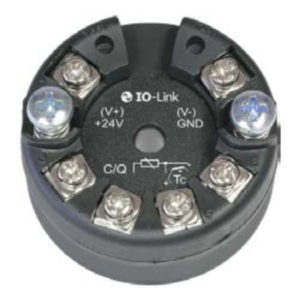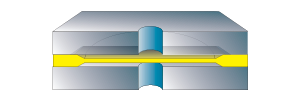

AIRCOM Transmitter
AIRCOM Transmitter
Data Sheets
Industry Brochures
Drawings + Models
Key Features
ATEX Zone 0 applications
Protection class IP65 (higher protection class on request)
4 digital inputs, 2 or 5 analogue inputs and 2 serial inputs
Supplies the connected measuring instruments with energy
Integrated I.S. barriers for each channel
Up to 10+ years battery life (depending on protocol / transmission rate)
Battery can be changed in hazardous areas
Device setup and configuration via mobile Bluetooth application (iOS and Android)
Free communication infrastructure via LoRaWAN
ARM microcontroller offers a wide range of intelligent monitoring options
40+ km transmission range (urban areas reduce range)
Encrypted data protocol ensures secure transmission
Ability to communicate globally with the ‘Internet of Things’ (IoT)
Markets & Applications
Energy
Food and Beverage
Oil and Gas
Machine Automation
Hydrogen and Technical Gases
Pharmaceuticals
Pumps and Compressors
HVAC-R
Water and Wastewater
Chemical and Petrochemical
- Specifications
- Downloads
Data Sheets
Industry Brochures
Drawings + Models
- Category: Internet of Things











